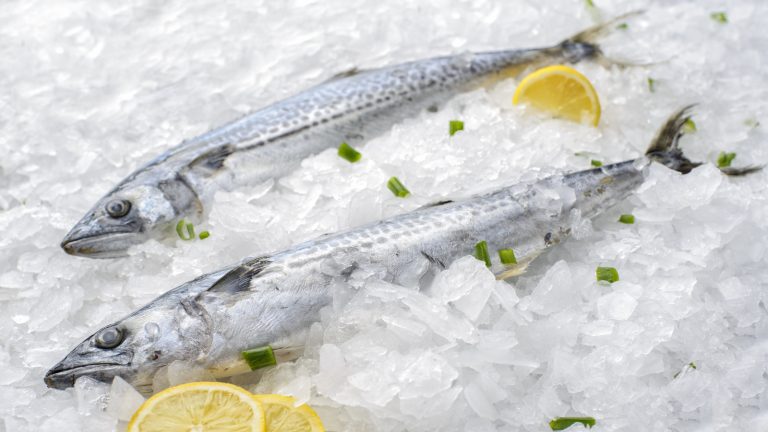In the grocery store, there’s a barrage of lunch meat items that many of us recognize by name but do not necessarily understand. From deli counter options to canned goods and prepackaged slices, there’s a lot to choose from, many of them a similar shade of pale pink. If you’ve ever been faced with choosing between bologna and Vienna sausages, you may wonder how these products are different and how can they be used in your cooking.
Bologna is made of finely ground meat which can include pork, turkey, beef, or chicken. Vienna sausages can be made of several kinds of meat, including pork, beef, chicken, or a combination of these meats. The biggest difference comes in the form of packaging. Bologna tends to come in a larger log (called a “chub” before it’s cut), which can then be sliced, while Vienna sausages can come in either normal-sized sausages or in little bite-size pieces that are usually packed together into a can.
Both items are also cooked ahead of time, which means they are ready to eat from the package. Bologna and Vienna sausages also have similar European origins, and both eventually became lunchtime staples for many Americans. However, these items look noticeably different, particularly in shape. They are also typically used in different kinds of recipes, likely due to taste and texture differences like Vienna sausages being noticeably softer and squishier or bologna being a touch saltier.
The key differences between bologna and Vienna sausage
Bologna is made by blending up meat trimmings, packaging it into a large casing, then smoking or heating it until it is cooked. Bologna is generally much larger than Vienna sausage. It can come in whole or sliced form, the latter of which is often confused with mortadella, another deli meat that is actually the predecessor of bologna. Mortadella has been a delicacy in Italy — specifically in Bologna — since the 1660s; although bologna is distinctly different from its ancestor, its name still serves as a reference to its roots.
Vienna sausages are a little less straightforward in their ingredients list, which leaves many to wonder what Vienna sausages are actually made of. The truth is that they are made of a combination of the same meats that bologna relies on. The meat is ground up, mixed with additional ingredients like onion, garlic, mustard, and paprika, then cooked in sausage casing before it is cooked, baked, and sliced into smaller pieces. The pieces are later canned and stored in broth. This specific style is known as an American Vienna sausage. There is also a European variant, but these are long and more hot dog-shaped and do not feature the distinct broth that American Vienna sausages tend to be found in.
Bologna and Vienna sausage in cooking
Both items can be eaten as is, since they are already cooked by the time they are packaged — but some people choose to cook both after the fact. For years, bologna sandwiches have been quite popular, and bologna is a barbecue staple in Oklahoma. In the Midwest specifically, bologna is a popular meat choice and is even available in various styles, including a German style that uses primarily beef and is heavy on garlic. Other popular uses for bologna include serving it at breakfast, on burgers, or on hot dogs.
Vienna sausages are typically just roasted or eaten as is. They are great for making pigs in a blanket due to their smaller size, so little prep work is required. Other popular recipe choices include casseroles and soups.







